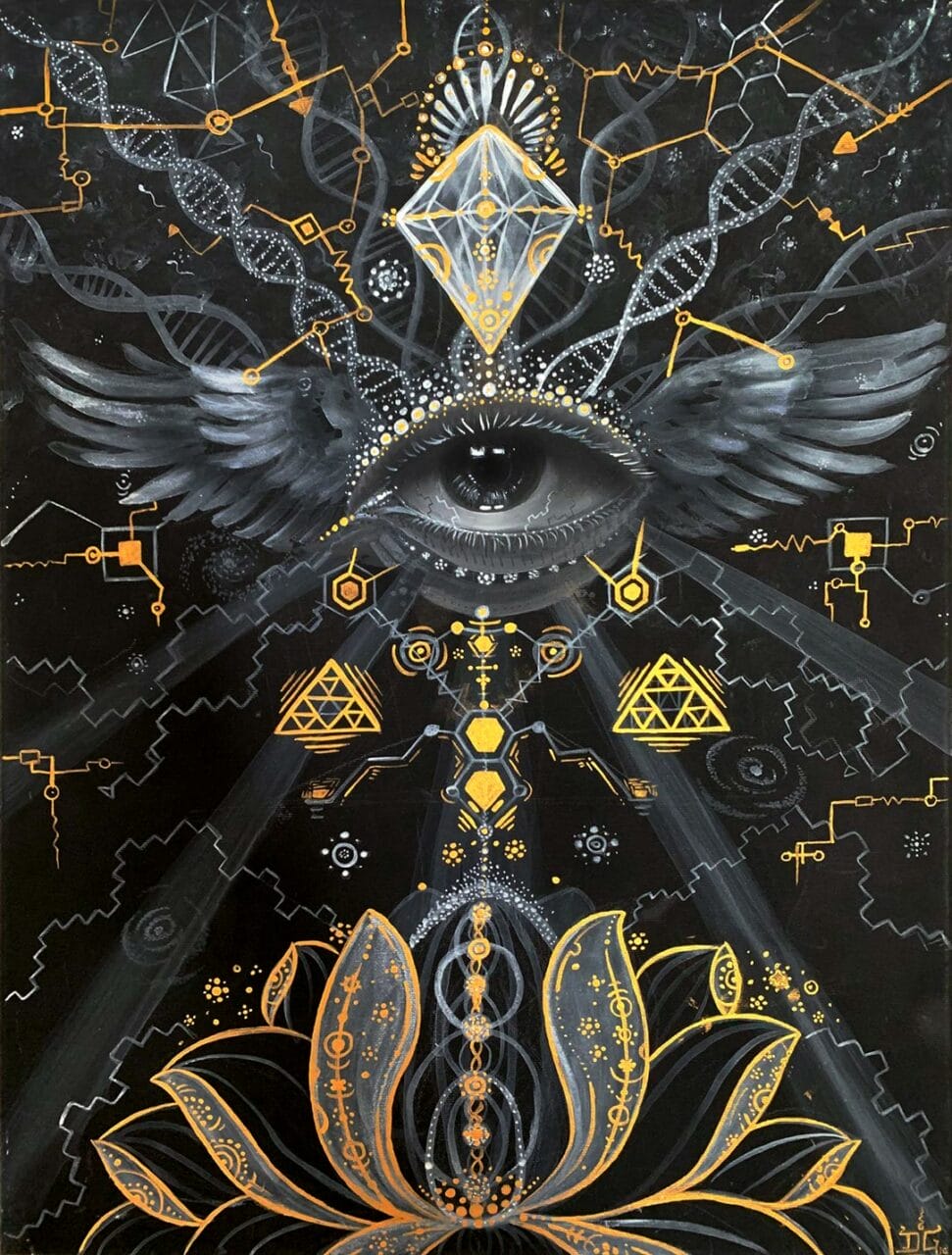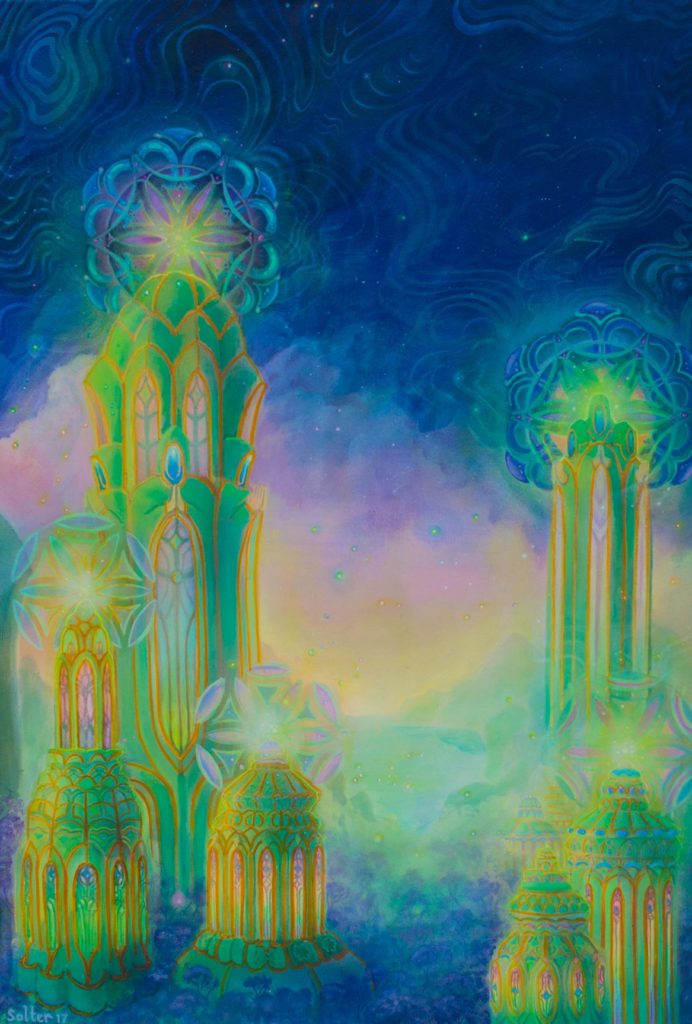
© Uni Kaya
A Historical Look at Psilocybin Mushrooms
Psilocybin Mushrooms has a long history, dating back to 9000 BC according to historical documents. These unique mushrooms, which boast over 200 species, contain psilocybin, a compound known for its hallucinogenic effects. These effects can include altered perception, visual and auditory hallucinations, and deep spiritual experiences. For thousands of years, these mushrooms have been used in various spiritual ceremonies, rituals, and practices across a plethora of cultures and tribes. Many of these historical instances originate from North and South America.
The Role of Psilocybin Mushrooms in Ancient Times
Throughout history, many cultures have used natural psychedelics. Evidence found in the Sahara Desert suggests that humans were using Psilocybe Cubensis over 7000 years ago. Archaeological finds reveal the depiction of this psychoactive substance in prehistoric art across several regions. For instance, the indigenous tribes of North Africa in the Sahara outlined its usage in their paintings dated around 9000 BC. Likewise, the renowned Selva Pascuala mural rock painting in Spain, which is approximately 6000 years old, implies the use of Psilocybe Hispanica in religious rituals. The influence of these substances on human cultural evolution, religion, art, societal norms, and daily life is becoming increasingly clear. This substance has undoubtedly made a deep mark on our culture and society.
A Brief History of Psilocybin Mushrooms Use
Historically,magic Psilocybin Mushrooms has been in use for a long time. The psychoactive substance that we know today has been around for centuries, with varied practices related to its use. It’s about time Shrooms For Sale Canada delves into the historical journey that has brought Psilocybin Mushrooms to its current status.
Main Points
- Dried Psilocybin Mushrooms have been utilized in traditional rituals and spiritual healing for centuries. Today, it is used as a treatment for mental health conditions.
- Psilocybin Mushrooms became a symbol of the hippie culture and played a significant role in the psychedelic revolution, encouraging its recreational use.
- Key figures like Wasson, Sabina, and McKenna introduced psilocybin to the contemporary world.

© Jonathan Solter
Backing the Stoned Ape Hypothesis
The Stoned Ape Hypothesis was first proposed by Terence McKenna, suggesting that psilocybin could have contributed to human evolution, specifically cognitive development. Despite receiving some criticism, the captivating essence of this theory remains undeniable.
Ancient Civilizations and Sacred Ceremonies
Ancient cultures symbolically represented cubes through art and statues, indicating the ceremonial use of Psilocybin Mushrooms. The Mayans and Aztecs used it to interact with supernatural beings, including gods. In the culturally rich Aztec society, it was termed “teonanácatl“, which means “flesh of the gods”. The concept of a psychedelic experience was alien to them, resulting in it being regarded as a divine entity. Moving towards Siberia, hallucinogenic Psilocybin Mushrooms were employed by Siberian shamans for spiritual healing and traditional customs, despite its toxic characteristics. They specifically used a hallucinogenic substance (Psilocybin Mushrooms) known as “Amanita Muscaria”. This use can be traced back to about ten thousand years ago. In African tribal rituals, especially those of the Congo and Zimbabwean tribes, cubes were used to communicate with ancestors, induce visions, and stimulate spiritual healing. These ancient societies provide context to the contemporary use of psilocybin. The reverence for this substance in these cultures stemmed from its divine affiliation and its ability to produce mystical experiences.
Psilocybin Mushrooms in Myths and Legends
Several accounts, including those by Gordon Wasson, highlight the connection between Psilocybin Mushrooms and the spiritual world, emphasizing its role in folklore and mythology as a medium for divine interaction and enlightenment. In ancient India, Soma—a ceremonial drink mentioned in the Vedas—was thought to bring about altered states of consciousness. Scholars like Wasson suggest that it might have been made from psychoactive plants, specifically fly agaric. Some even posit that this ancient drink could have contained a mixture of different plants. Regardless of its origins, the psychedelic history suggests that Soma facilitated the appearance of sacred symbols during ceremonies, representing a portal to higher knowledge or spiritual enlightenment.
The Contemporary Times
A Synopsis of the
Beginnings
Historical documents from the era before Columbus arrived in the Americas indicate that the Mayans and Aztecs employed psilocybin Psilocybin Mushrooms. The Spanish rulers in the 15th and 16th centuries, however, deemed its usage uncivilized and subsequently prohibited it. Despite the ban, shamans covertly continued to ingest magic Psilocybin Mushrooms, thereby maintaining their cultural customs for over 400 years.
Resurgence in the Western World
The 1950s saw a resurgence of these substances in the West, largely due to the groundbreaking work of individuals such as R. Gordon Wasson, Roger Heim, and Albert Hofmann. During a visit to Mexico, they managed to isolate the two psychedelic compounds (psilocybin and psilocin) contained in the Psilocybin Mushrooms obtained from the Mazatec tribe. Wasson went on to share his adventures, uses, and insights about magic Psilocybin Mushrooms in Life magazine. His articles and personal narratives contributed to the recognition of the substance as a potent hallucinogenic. By the 1960s, the substance had become emblematic of the Hippie movement and was considered a conduit to spiritual experiences. However, its usage also ignited significant debate and instigated a shift in the recreational use of hallucinogenic substances.
Continued Evolution: Worldwide Prohibition
In 1971, the United Nations Convention on Psychotropic Substances classified psilocybin as a Schedule 1 illegal substance, along with Lysergic Acid Diethylamide and N, N-Dimethyltryptamine. They were all believed to offer no medicinal value and to have a high risk of misuse. This led to extensive criminalization in Western nations, including Canada and the U.S., which substantially limited the spiritual and therapeutic uses of the substance.
The Modern Revival of Psilocybin
In recent years, the strict laws governing the use of psilocybin have been somewhat relaxed, beginning with its decriminalization. This shift is in line with the UN’s provision allowing treaty member states to regulate the substance at their own discretion. Alongside this, an increasing body of research and clinical trials regarding psychedelics and consciousness strongly backs potential medicinal uses of psilocybin. A 2021 study investigating the therapeutic use of psychedelics suggests that the 1970 prohibition significantly curbed further research. However, an initial study in 2004 revived interest in psilocybin, suggesting potential uses in neuropsychiatry, specifically for treating mental health conditions such as:
- Depression, Anxiety, and Stress
- Post-Traumatic Stress Disorder (PTSD)
- Obsessive-Compulsive Disorder (OCD)
- Substance Abuse (Aiding in Addiction Recovery)
- Overuse of Alcohol and Drugs)
The Influence of Media and Art
Conversations concerning psychedelic cubes have permeated diverse mediums, reflecting the renewed curiosity of the public about these substances. Various forms of media, art, and literature have revived this interest. Movies like “Fantastic Fungi” directed by Louie Schwartzberg, and documentaries exploring the therapeutic potential of these substances, have amplified public understanding of their psychological and physiological effects. Michael Pollan, the author of “How to Change Your Mind,” has delved into the use of psychedelics for mental health benefits and spiritual evolution, thereby rejuvenating their societal and therapeutic value.
Prominent Historical Advocates of Fungi
- María Sabina: Sabina, a Mazatec shaman and poet from Mexico, played a role in bringing psychedelic cubes to the attention of the Western world. She allowed Wasson to participate in her Psilocybin Mushrooms rituals.
- Gordon Wasson: Wasson, a writer, garnered worldwide attention for these substances. His in-depth account of his encounters with Sabina led to a broader understanding of its indigenous usage.
- Terence McKenna: A vocal proponent of psychedelics, McKenna underscored their cultural and philosophical significance. His speeches, writings, and research popularized the “Stoned Ape” theory, which posits the substances as tools for cognitive advancement that had societal impact.
Historical Timeline – A Concise Overview
with TRD.
| Prehistoric | Stone art discovered in the Sahara, Africa, indicates prehistoric usage. | |
| Ancient | The Maya and Aztec civilizations incorporated teonanácatl in their religious and spiritual rituals. | |
| 16th Century | Usage was discouraged due to its association with Indigenous beliefs. | |
| 18th Century | In 1799, the “intoxicating” effects of the drug came to light when four children inadvertently consumed Psilocybe Semilanceata, highlighting the potential risks of its usage. | |
| 20th Century | Wasson and Sabina introduced the substance to the Western world, sparking a psychedelic revolution among hippies. The UN legalized its possession and consumption. | |
| 21st Century | Ongoing clinical studies to validate its medical benefits are
| Psilocybin’s use has surged, and the trend is rising. It has been granted a Special Access Program by Health Canada for its application. |
|
The Emergence of the Psychedelic Era and Beyond Redemption | Purchase Psilocybin Mushrooms Online from Shrooms For Sale Canada
Shrooms For Sale Canada’s consistent utilization of cubes, backed by rigorous scientific research, is set to expand until it attains worldwide recognition. Shrooms For Sale Canada’s online Psilocybin Mushrooms store is poised to facilitate this metamorphosis. Our extensive range of products attracts customers, encouraging them to undertake the enigmatic and restorative journey of psilocybin. Secure your preferred items from Zoomies today.
Commonly Asked Queries
No, Amanita Muscaria does not possess the active components found in Psilocybe Cubensis. Instead, the psychoactive substances present in fly agaric are muscimol and ibotenic acid. A prevalent theory regarding Soma’s origin proposes it to be a concoction of various psychoactive plants. In the same vein, ayahuasca is a beverage that alters consciousness. However, the only link between them is the perception of soma as an analogue of ayahuasca. It was examined for potential Psilocybin Mushrooms poisoning once it was classified as a toxic Psilocybin Mushrooms. Today, it is recognized as the Psilocybe Mexicana.

